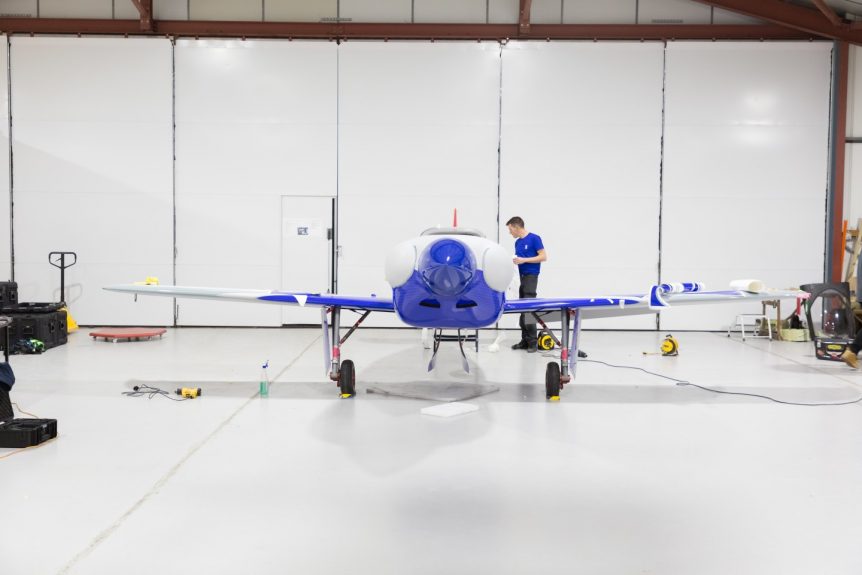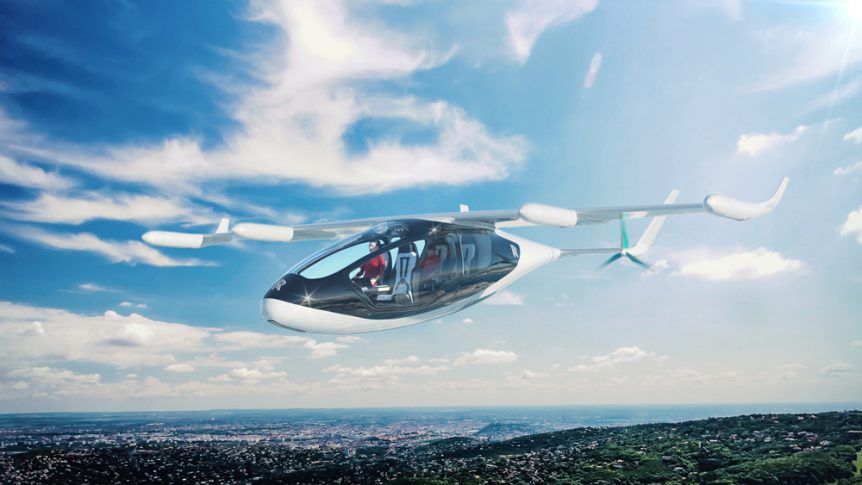Rolls-Royce is perhaps the epitome of Britishness, going back to 1904, when Henry Royce, founder of a successful mechanical/electrical business, met Charles Rolls, a successful car dealer in London. Together, the founded the company which came to be known as Rolls-Royce. By 1906, their Silver Ghost was known as “the best car in the world.” That quality was inherent in their first aircraft engine, the Eagle, “providing some half of the total horsepower used in the air war by the allies.” It provided the power in 1919 for the first direct flight across the Atlantic and the first flight from England to Australia – both in Vickers Vimy aircraft. This led to racing success, with early V-12 engines by R-R powering Schneider Cup racers in the 1930’s, leading to the Merlin, which powered Hawker Hurricanes, Vickers Spitfires, and P-51 Mustangs. Their current ACCELL project hopes to continue that tradition. Rolls-Royce would love to have another round of victories to continue …
Rolls-Royce Rolls a Few New Approaches
Rolls-Royce, famous for building engines such as the WWII Merlin that powered Spitfires, Mustangs, Mosquitos and Lancaster bombers, is engaged on three (or four) fronts currently, bringing hybrid electric transport to the skies. Hybrid Electric VTOL for Commuting Rolls is jumping into this crowded market segment with its concept for an electric VTOL (Vertical Takeoff and Landing) machine, powered by four electric motors on the wings and two on the tail. With over 100 machines of varying configurations that might be the Uber rides of the future – according to Electric VTOL News, Rolls, normally a conservative company, is planning something a bit radical – even in this field. Rolls’ headline for this craft indicates a new direction for the firm: “Quieter, cleaner and potentially disruptive: EVTOLs prepare for take-off.” Launching at Farnborough this month, Rolls’ machine and its goals are best described in their launch publicity. “Rolls-Royce’s hybrid EVTOL concept is based around the M250, the engine of choice …
Electroflight, Williams to Field F1 Electric Air Racer
The StroudLife headline reads, “Williams F1 boffins link-up with Nympsfield world record electric plane bid.” A boffin, in English parlance, is “a person engaged in scientific or technical research,” or “a person with knowledge or a skill considered to be complex, arcane, and difficult.” Two years ago, the Blog reported on the TEACO Bat, a Formula 1 race plane to be powered by batteries and set to take on the world speed record for electric airplanes. Since then, the company has changed its name to Electroflight, partly because Internet inquiries often sent inquirers to TESCO, a grocery retail company. There should be less confusion now. The Stroud, UK newspaper reported, “Electroflight is linking up with Williams Advanced Engineering to build an electrically-powered aeroplane capable of more than 300 mph. “The ‘current’ speed record for electrically-powered flight stands at 220 mph but the tie up means they are aiming high. “Williams Advanced Engineering is the technology and engineering services business of the Williams group …


